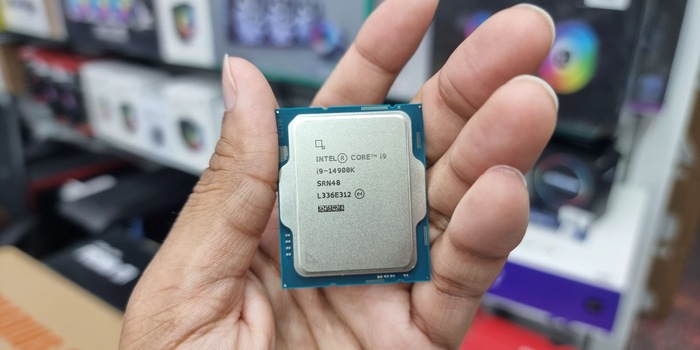

Intel releases further update for Raptor Lake processors
Intel has published a new report analysing the problem with Raptor Lake processors. The manufacturer now has a microcode update up its sleeve to protect the affected chip series from rapid wear and tear.
Instability, crashes, defects - what's the problem?
In total, Intel has identified four different causes for the instability. In addition to the general problem of overclocking by mainboards or users, the main problem lies in excessively high voltages, which the processors sometimes demand. Certain circuits within the CPU cores cannot cope with this, which leads to overvoltage and thus to wear and tear on the processor.
This wear is initially only minimal, but causes the so-called Vmin value to rise. This in turn results in the voltage increasing in all areas of the processor, as this is the only way to keep its functions stable. However, this also increases wear and tear, which in turn increases the voltage. This vicious circle continues until the processor finally gives up for good at some point.
What does the new microcode update do now?
Important: The microcode update has no effect if the processor is already defective. In this case, you can return it to Intel. The warranty period is now five years. This affects desktop CPUs with Raptor Lake architecture and a thermal design power (TDP) of over 65 watts.
I've been tinkering with digital networks ever since I found out how to activate both telephone channels on the ISDN card for greater bandwidth. As for the analogue variety, I've been doing that since I learned to talk. Though Winterthur is my adoptive home city, my heart still bleeds red and blue.
From the latest iPhone to the return of 80s fashion. The editorial team will help you make sense of it all.
Show all